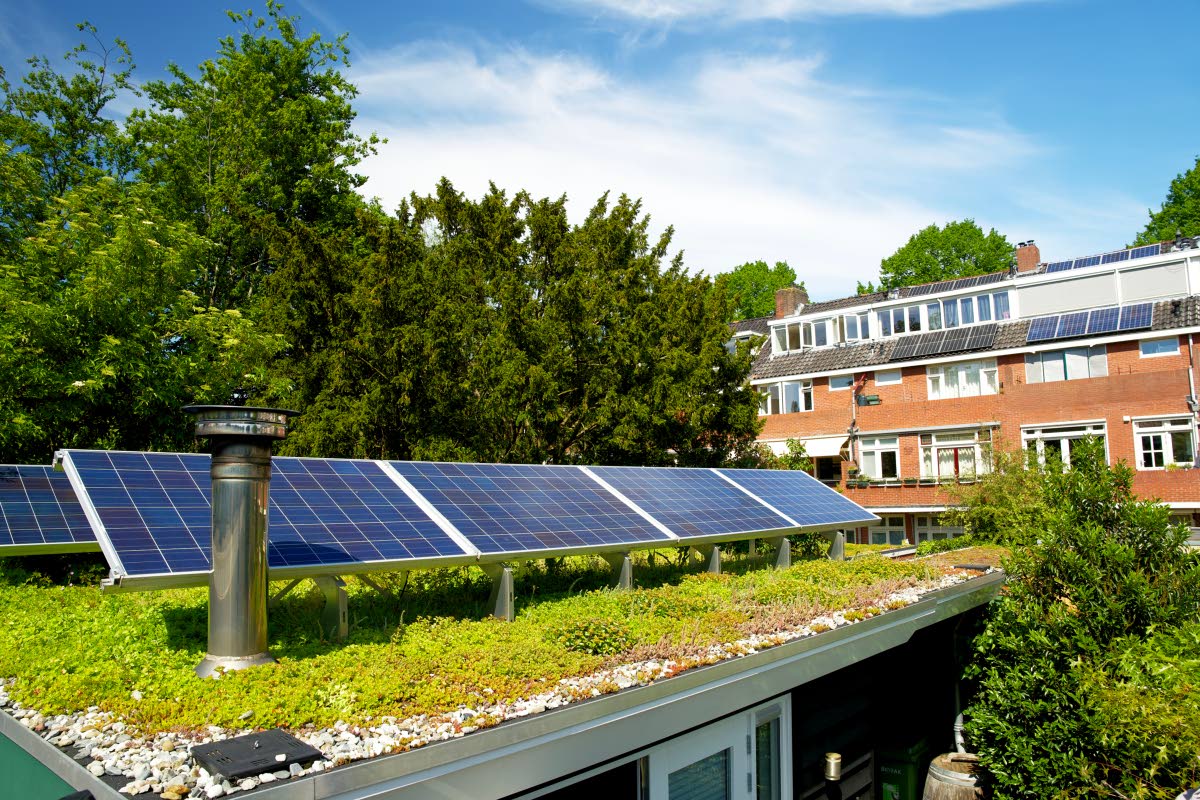Adapting our built environment

The built environment refers to any physical space designed or constructed by humans, including roads, cities, and countries.
For small island developing states (SIDS), warmer weather contributes to sea-level rise, hurricanes, floods, droughts and other weather that can compromise cities, roads, hills and pipelines.
Some of the efforts to mitigate the impacts of climate change will involve humans adapting their built environment for greater resilience.
Adapting buildings
– Resilience-based measurement and reporting standards, calling for users to assess climate risks and adopt strategies based on future scenario-modelling of climate and weather.
–Using materials that are better able to withstand the impact of future weather events. once materials can be reused and do not contribute to greater carbon emissions.
– The use of off-grid electricity generation such as distributed microgrids, and underground transmission lines to make the electricity grid more resilient.
–Retrofitting buildings to mitigate extreme heat or installing passive cooling systems.
– Implementing designs to protect, collect and efficiently use natural resources, such as water wells and tanks for rainwater, systems for grey-water, low-flow fittings and other water-saving devices, “green” and “blue” roofing, or rain gardens to manage runoff.
Adapting cities
In recent years, city planners have also taken steps to adapt urban spaces to climate change. These include:
– Interventions to reduce the impact of urban “heat islands” (green spaces; water-based cooling, as well as a combination).
– Building regulations or guidelines to target climate risks, such as guidelines to reduce storm damage.
– Renewable energy systems.
– Integrated and sustainable spatial planning (urban development strategies and approaches used to design and plan the distribution of people, facilities, infrastructure, living and working spaces, and activities).
– Policies and financial incentives/penalties to increase water conservation and to avoid unnecessary risks, such as specific regulations for wood burning, fires and flammable substances.
– A shift towards sustainable behaviours through campaigns and initiatives.
– Supporting sustainable and circular economy interventions through public procurement practice and regulation of building and construction.
– Building climate-resilient coastal infrastructure such as seawalls, drainage systems, and erosion-resistant roads.
– Responsive regulations for extreme weather events that permit adaptation as needed.
– Land-use policies and regulations designed to reduce/prevent development in high-risk areas and incentivise development in low-risk areas.
– Resilient and decentralised systems to improve data reconciliation, reduce points of failure and optimise resource distribution.
Progress
Overall, while there has been some movement to address the adaptation of the built environment, there is still much more to be done.
Within Caricom, there is a framework for implementing adaptations to the built environment through national policies, but tracking the relevant indicators as a basis for policy is still a work in progress.
While gathering the data can be difficult for SIDS, if countries have the right data, risk models, and decision-making methods available, the incremental cost of building the resilience of new infrastructure assets is small – and far outweighed by the benefits.
Governments also need to set priorities for actions to make them consistent with available resources and capacity, as well as set up robust institutional and legal frameworks and a consistent monitoring and evaluation system for measuring progress.
The TT Chamber of Industry and Commerce thanks the National Gas Company of TT Ltd (a signature event sponsor) for contributing to this article.





Comments
"Adapting our built environment"